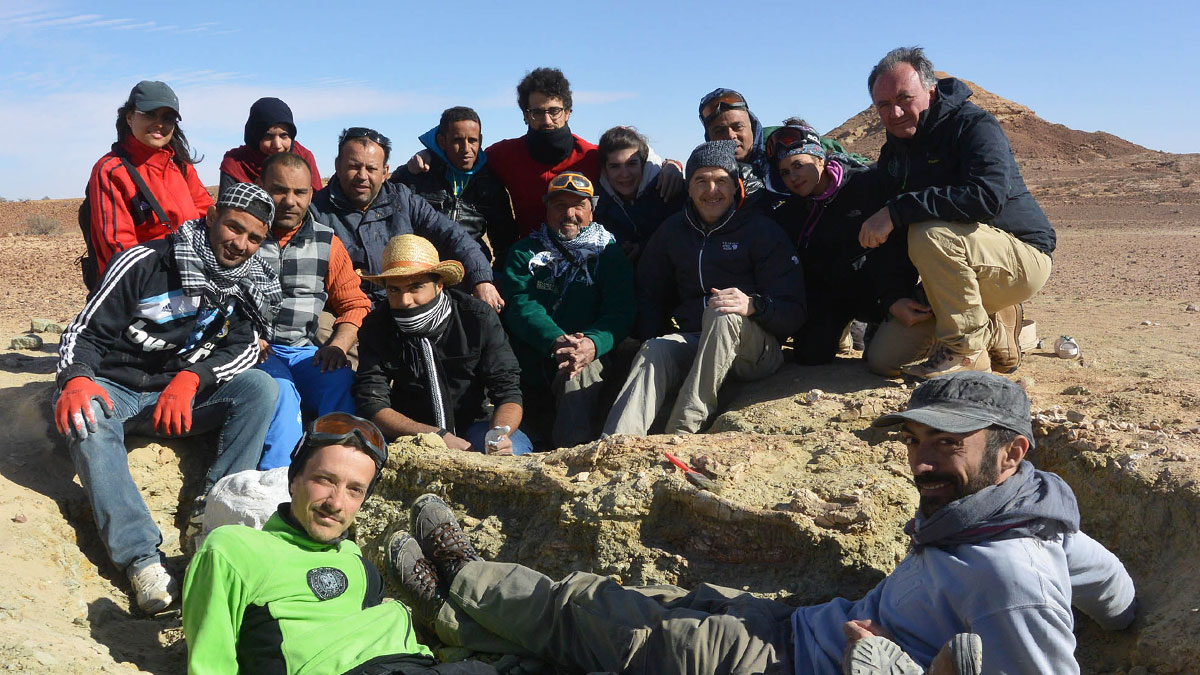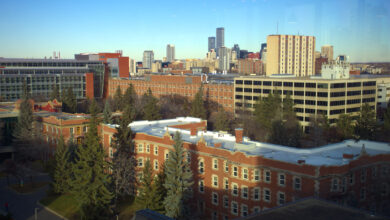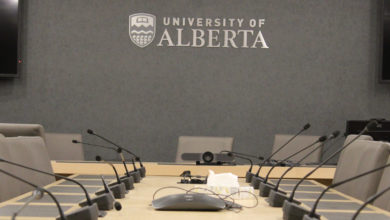Conflict zones and crocodiles: U of A contributes to rare paleontological discovery
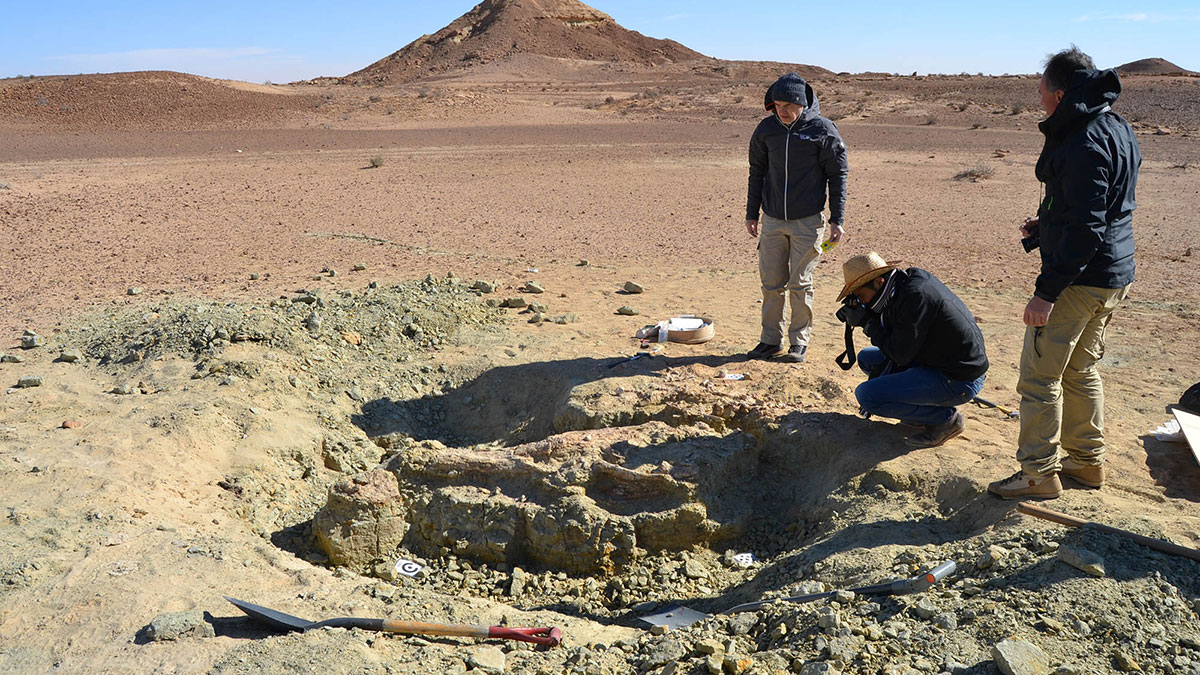 Christina Varvis
Christina VarvisSurrounded by an escort of armed guards, a paleontology team retrieved the largest marine crocodilian ever to exist from the deserts of Tunisia. Well, just the skull.
University of Alberta PhD student Tetsuto Miyashita was one of seven authors in the Cretaceous Research paper describing Machimosaurus rex as a new species. The animal had a five-foot skull, contributing to its total body length of 35 feet — about the size of a school bus.
Miyashita joined the project in 2014, when his colleague Federico Fanti of the University of Bologna in Italy first unearthed the crocodilian’s skull. The field team of Tunisian and Italian paleontologists didn’t have enough time to excavate the rest of the animal, so the body had to be left behind, Miyashita said.
“It’s a headless crocodile, still in the ground,” he said.
The skull of the animal can still give 75 per cent of the information about an animal, since the head is the sensory centre of the body. Despite being unable to research the body of M. rex in detail, Miyashita and Fanti were able to understand the animal.
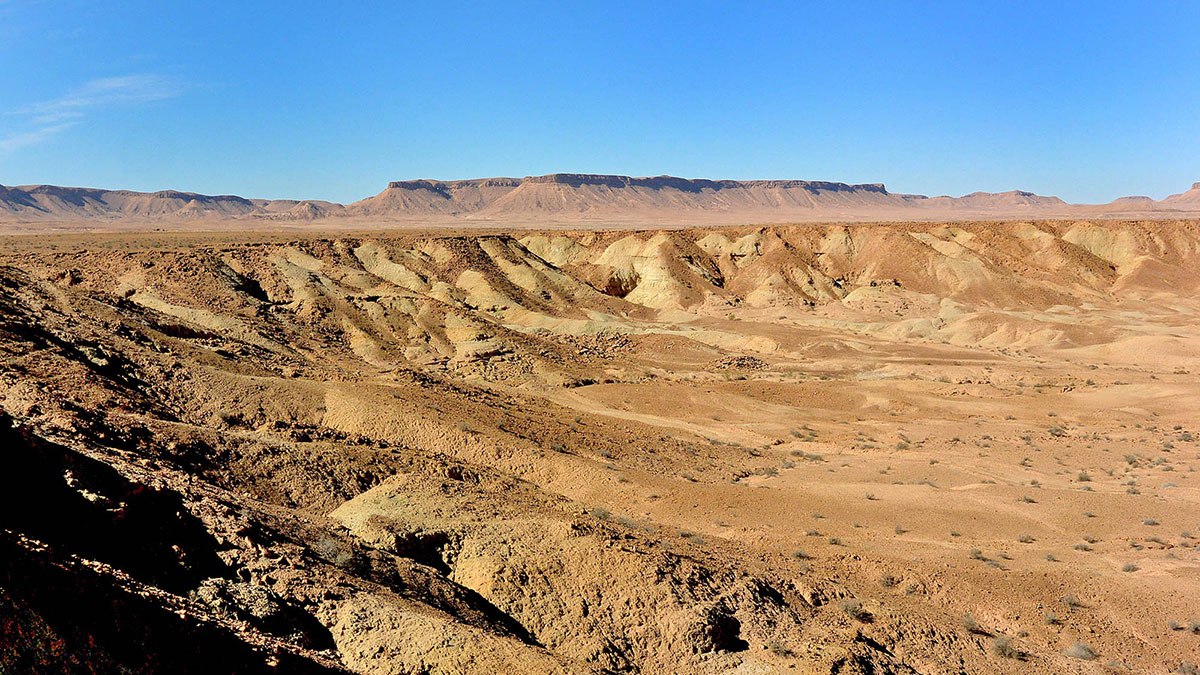
M. rex’s wide, flat teeth likely functioned to crush sea turtles and heavily-armoured fish. The marine crocodile likely wasn’t a dangerous predator for the long-necked dinosaurs that lived on land in the area. If M. rex ever came on land, it spent very little time there.
Tunisia has been in a state of unrest since the Arab Spring of 2012. The region where the body of the M. rex specimen remains, called Tataouine, is currenty a militarized zone which Global Affairs Canada advises against all travel. This area is more likely to experience conflict because it’s narrow and flanked by both Algeria and Libya. Border guards from their respective countries are capable of shooting targets in Tunisia, including scientists.
“This is a rare instance where scientists can get caught in the interplay of politics,” Miyashita said. “Scientists get to think about politics a lot, but we don’t really get to interact with that aspect of society.”
The appeal of searching for fossils in Tataouine comes from the fact that so few people have searched there, Miyashita said. The age of the rock is also older than in most areas — animals preserved there are dated back 130 million years ago, which is rare to find worldwide. Fossils found in Dinosaur Provincial Park are much younger, at around 75 million years ago. The Italian team had to search Tataouine’s expansive desert for six years before they came across the full skeleton of M. rex.
Since 2015, there have been ongoing plans for the team to return to Tunisia and retrieve the body of M. rex, Attacks in public areas of Tunisia have postponed Fanti from retuning, as safety is the ultimate priority of the team. When they finally return, they’ll know where to go, Fanti said in an email.
“We know where to dig and we have high expectations,” he said.
Besides contributing to science, the team is trying its best to be a good ambassador despite the political situation. The team has an ongoing collaboration with the Office National des Mines in Tunis. And the M. rex skull is remaining in Tunisia — which is where it belongs, Miyashita said.
“We are there for the pursuit of knowledge. And we are not to exploit what they have. I really want the people in Tunisia to realize what treasure they have in their backyard,” Miyashita said. “I think that would inspire some of the people.”
